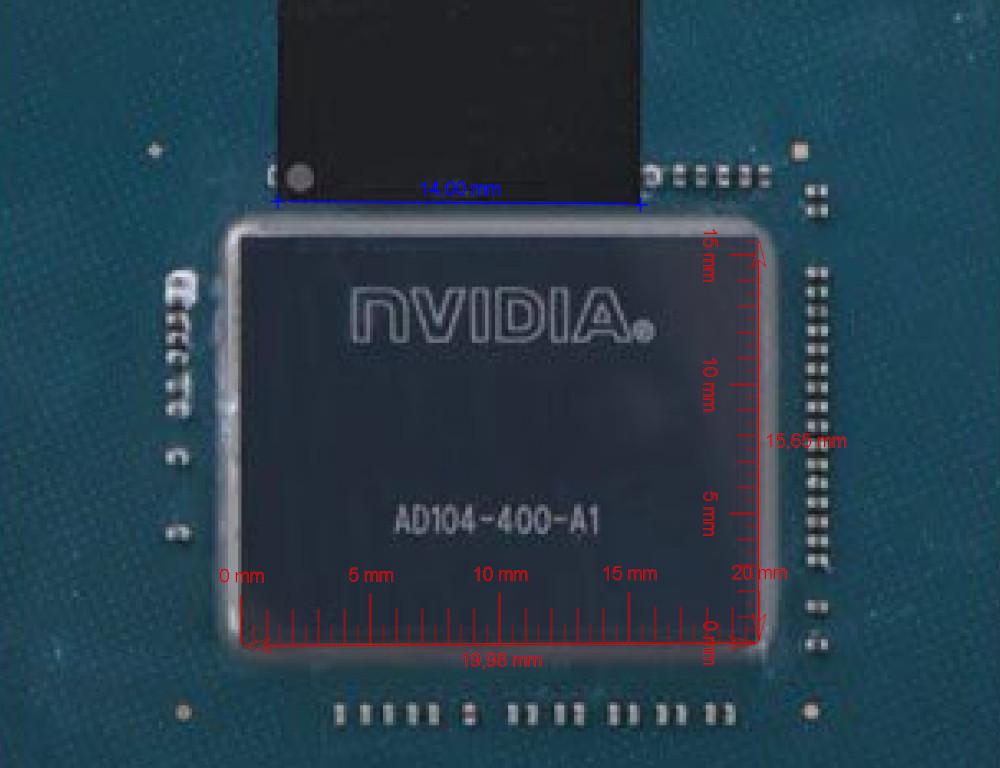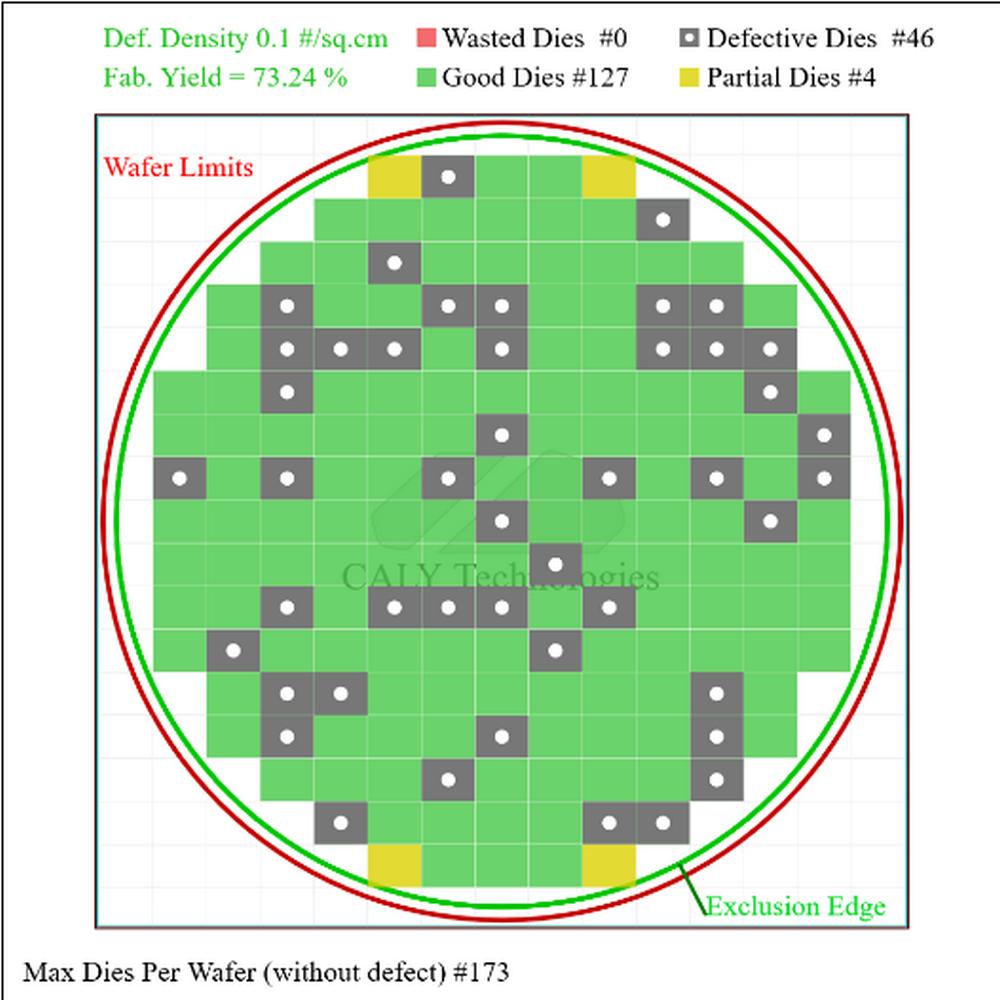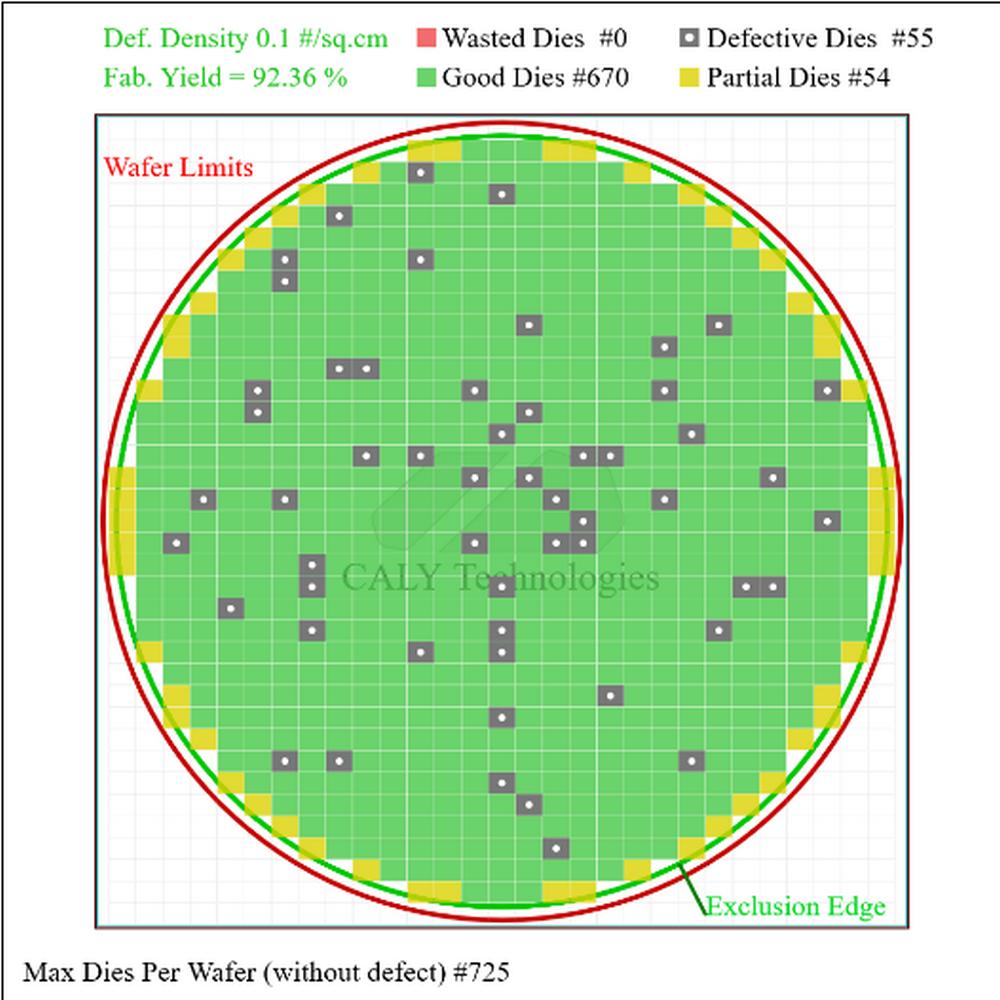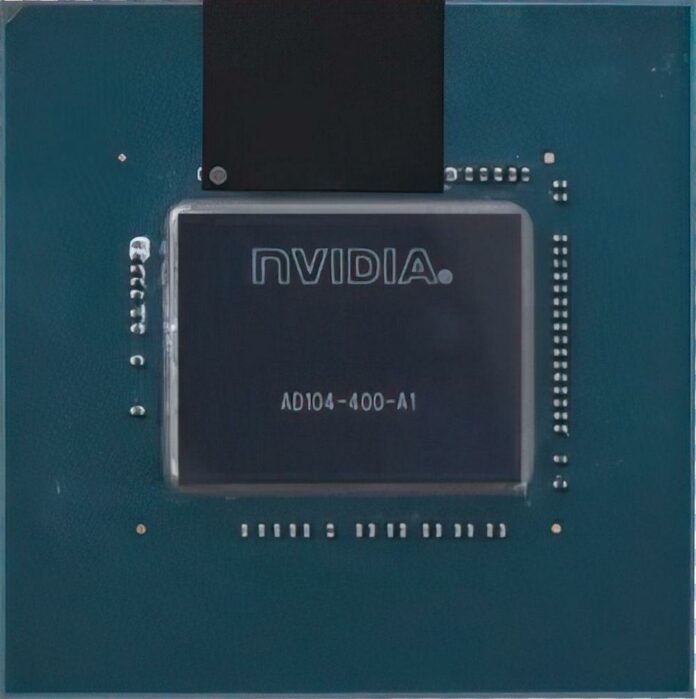Nvidia’s next RTX 40 Series GPU, AD104, has made its way onto the web in picture form prior to release. Having unceremoniously been canned for RTX 4080 12GB, the baby of the Ada Lovelace bunch is now rumoured to be repackaged as RTX 3070 Ti ahead of launch early in 2023.
This GPU measures a mere 295mm² and carries 7,680 CUDA cores inside 60 SMs clocked at 2.6GHz boost. The first full implementation of an AD Series part, it will probably be coupled with 12GB of 21Gbps GDDR6X memory running on a 192-bit bus, thus delivering 504GB/s of bandwidth, all while consuming 285W TGP.
The size seems about right. According to our measurements, the package measures 19.98mm x 15.65mm, which translates into 312.68mm² of surface area. Yes, a bit higher than the 295mm², but keep in mind that what you see isn’t the edge of the GPU die, rather it’s that of packaging.
In stark contrast to flagship AD102 (RTX 4090), AD104 is effectively half the size, and 22 per cent smaller than AD103 powering the RTX 4080. Gamers will be hoping that smaller size and lower production costs results in a lower MSRP, with many wondering whether or not Nvidia will rethink the $899 price tag originally associated with RTX 4080 12GB.

Why do smaller dies equal cheaper production? For those not familiar with GPU manufacturing, or any silicon-based transistor fabrication for that matter, the smaller a part -GPU, CPU, or what have you – lesser are the chances of manufacturing defects, which allows for higher yields and thus cheaper end products.
For example, let’s take two die sizes, 20mm x 16mm and 10mm x 8mm. Using a 300mm wafer, the former produces 127 good chips out of 173 total, meaning a yield of 73.24 per cent. The latter, however, gets 670 good chips out of 725, resulting in a 92.36 per cent yield. See the pictures below for a visual representation.


Small, efficient-to-produce chips capable of delivering enough performance to command a lofty price tag are obviously sought after by GPU manufacturers. RTX 4070 Ti, in terms of physical size, is not too dissimilar to GeForce RTX 3050, but a much larger transistor budget ramps-up performance significantly.
How quick, exactly, will RTX 4070 Ti be? We won’t have to wait long for the answers, with launch rumoured to be happening as soon as January 5, 2023.


